Service hotline
+86 0755-23615795
Release date:2025-06-26Author source:KinghelmViews:19
There are several common techniques used for antenna matching:
1.Using Matching Networks
LC Matching Networks: Composed of inductors (L) and capacitors (C), matching networks such as π, T, and L networks can be used. By selecting appropriate values for the inductance and capacitance, and combining them in series or parallel, the impedance characteristics of the antenna can be adjusted to match the transmission line or device impedance.
Transmission Line Transformer Matching Networks: Transmission line transformers are often used to achieve impedance transformation, particularly for balancing-to-unbalancing conversions and matching different impedances. This method is frequently used in high-frequency and ultra-high-frequency bands to convert the unbalanced impedance of an antenna to match either balanced or unbalanced transmission lines or devices.
Balun Matching Networks: A balun (balanced-unbalanced transformer) converts an unbalanced signal to a balanced one, or vice versa, while also achieving impedance matching. Baluns are essential in antenna systems requiring balanced feed, such as dipole antennas, ensuring a good match between the antenna and unbalanced transmission lines or devices.
2.Adjusting the Antenna Structure
Changing Antenna Dimensions: The physical dimensions of the antenna, such as length, diameter, and shape, can be adjusted to achieve impedance matching. For example, precisely adjusting the length of a quarter-wave vertical antenna can optimize its matching at the target frequency.
Adding Tuning Components: Variable capacitors, inductors, or varactor diodes can be added to adjust the electrical length of the antenna, helping achieve impedance matching. These components allow dynamic tuning to adapt to different frequencies or environmental changes.
Material Selection: The choice of antenna materials affects properties like dielectric constant and conductivity, which in turn influence the antenna’s impedance. In specialized applications, materials with specific electromagnetic properties may be selected to enhance matching.
3.Measurement and Simulation Techniques
Network Analyzer: A network analyzer can measure parameters like the S11 reflection coefficient, helping assess how well the antenna is matched to the backend circuit. Based on these measurements, adjustments can be made to the matching network components or antenna structure to achieve optimal matching (S11 approaching zero).
Smith Chart: The Smith Chart is used for impedance matching design, visually displaying impedance changes and the effects of adding matching network components. By plotting the initial and target impedance, engineers can determine the necessary series or parallel L and C values and combinations.
Electromagnetic Simulation Software: Tools like HFSS and CST can model and simulate both the antenna and matching network. This virtual environment allows engineers to optimize the antenna’s structure and matching network parameters, reducing the time and cost involved in physical testing.
4.Environmental Considerations
Clearance Around the Antenna: The surrounding environment significantly affects antenna performance. Adequate clearance should be maintained around the antenna to avoid interference from nearby metal objects, PCB traces, and other components that may disrupt the antenna’s impedance.
Optimal Installation Location: Choosing the right installation location is crucial. Avoid placing the antenna near large metal objects or strong electromagnetic interference sources. For antennas in mobile devices, factors like the human body or hand-held positioning can impact performance, so design and tuning should account for these variables.
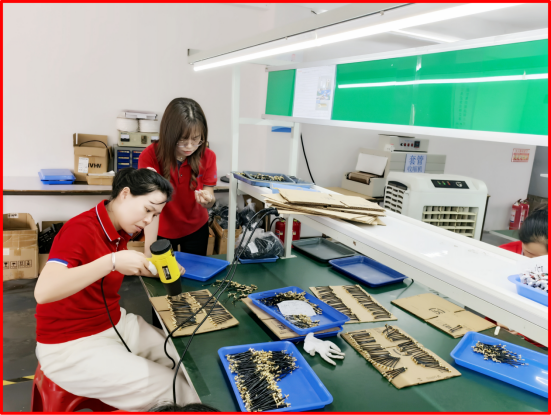
About Kinghelm
Kinghelm is a leading provider of high-quality electronic components,including RoHS-compliant antennas, wires, plug-ins, switches, and connectors. With over 17 years of experience, the company serves industries including automotive, telecommunications, industrial automation, medical devices, and consumer electronics. Kinghelm is known for its durable, reliable components that meet international standards and are used in applications ranging from renewable energy to IoT devices.
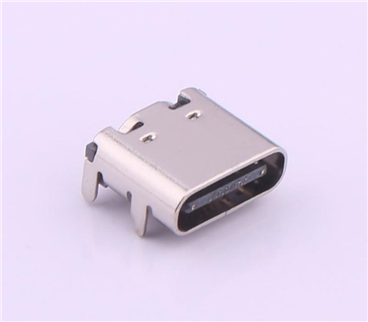

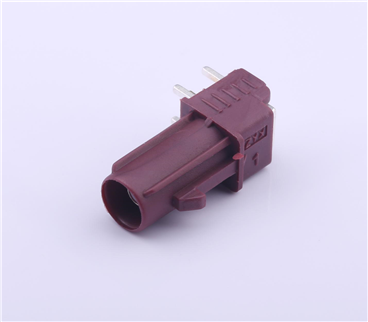
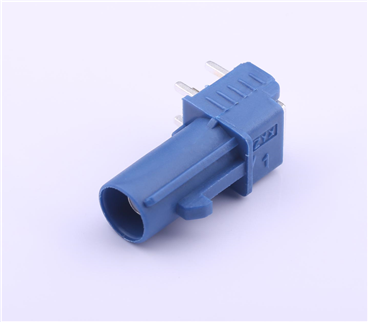
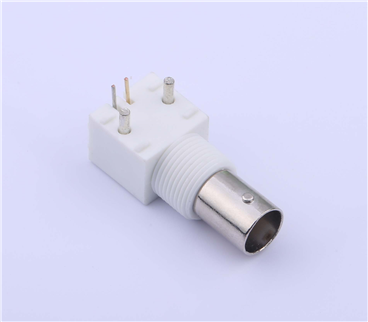
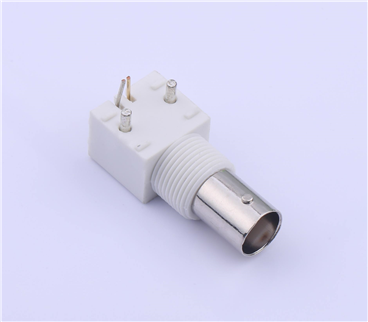
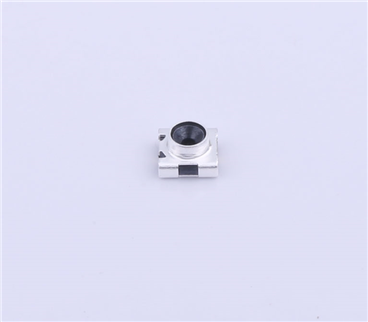
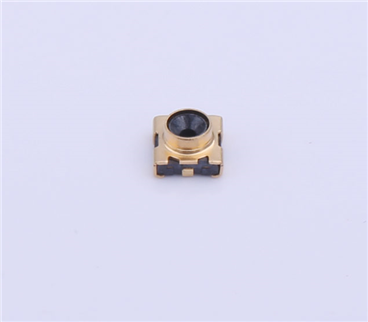
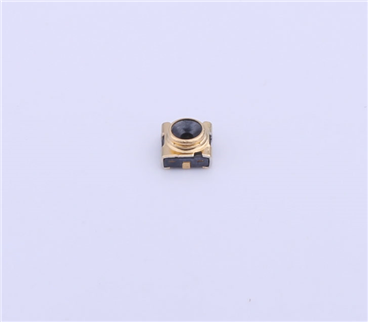
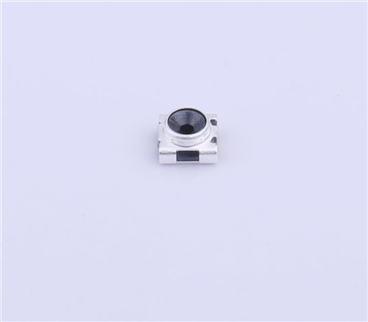
Copyright © Shenzhen Kinghelm Electronics Co., Ltd. all rights reservedYue ICP Bei No. 17113853